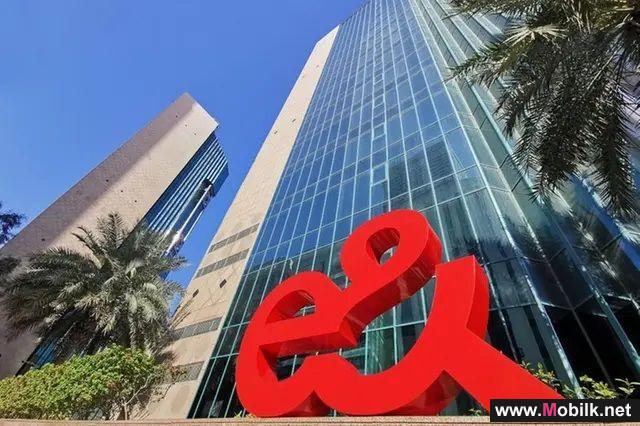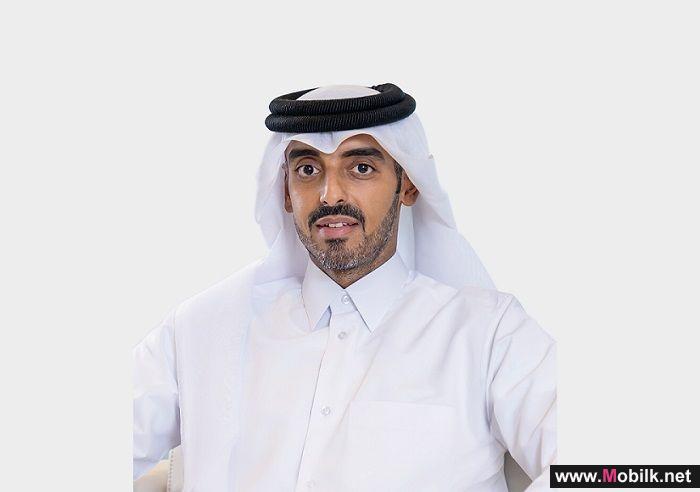Governments urged to design ‘compact, diverse and walkable’ communities for people
Mobilk - Cities of the future will be compact, diverse and walkable communities much like the compact neighbourhood concepts of the medieval period, said Professor Kent L. Larson, Director of City Science, MIT, an expert on new urban housing and vehicles.
Speaking at a session on the final day of the third Government Summit in Dubai, Prof. Larson said the past holds the secret to the future, and urged governments to design cities for people, and not for machines.
Emphasising best utility of space and resources, Prof. Larson identified density, proximity and diversity as three key factors to create an innovative society that enjoys a good quality of life. He said 93 per cent of patented inventions take place in metro areas that provide density, proximity and diversity. New urban spaces based on this concept will pave the way for innovation and create cities that are smart, green and sustainable, he said.
Describing his concept of the new urban system, Prof. Larson suggested that high density should not be seen as a challenge but as an opportunity for cities to become innovation centres. “Done badly, density leads to traffic jams, crime, pollution and a host of other problems. But done well, density creates better economic growth, security and innovation,” he said.
Likewise, proximity to workplace as well as diverse districts that include everything necessary within a walking distance, are critical to creating urban innovation, he added.
Cities of the future will also encourage shared use of autonomous vehicles in compact districts as an alternative to private automobiles. “The future is in moving from an ownership society to shared modes,” Prof. Larson said.
Autonomous city cars, shared e-bikes and e-scooters, and foldable cars will ensure efficient use of space on city roads. “With availability of enough data on people and their lifestyle, it would be possible to classify them and accordingly provide a mobility system that suits their requirements,” he said. “Shared vehicles connected to mass transit offer the real power to the future. They will help get rid of traffic jams, traffic signals and turn lanes,” he added.
Prof. Larson said the cities of the future will also be self-sustained communities producing nutritious food with minimal consumption of water and energy. Unlike most modern farming techniques that often lead to highly contaminated produce; the new approach in city farming uses the principles of hydroponics and aeroponics to produce food that uses 90 per cent less water and 60 per cent less fertilizer than traditional methods.
“While only three sprouts of broccoli can be grown per square feet in soil, aeroponics allows 54 sprouts to be grown in the same area, making it possible to skin buildings with hi-tech food production. Such farming techniques have great potential in cities such as Dubai which have tall buildings,” Prof. Larson said.
Highlighting hyper-efficient places of living and work as another hallmark of the cities of the future, Prof. Larson new concepts in home and office designs will make living and working spaces three times more efficient than prevailing designs.
Organized under the theme ‘Shaping Future Governments’, the Government Summit in Dubai was held from February 9 to 11, 2015, to discuss the future of government services in the world.
Service providers
If youre looking for a postpaid plan that truly delivers, Ooredoo’s O Plus is here to change the game. The plan offers a powerful combination of..
Service providers
e&, the global technology group, has signed a strategic Memorandum of Understanding (MoU) with New York University Abu Dhabi (NYUAD) to advance..
Service providers
Ooredoo just dropped a major upgrade to their postpaid plans, and it is a game changer. Meet the all-new O Plus, where you get more value, for the..

 Vodafone Oman
Vodafone Oman Emirates Telecom
Emirates Telecom  Ooredoo Om
Ooredoo Om Ooredoo Qa
Ooredoo Qa stc Bahrain
stc Bahrain Orange Egypt
Orange Egypt Mobily
Mobily Zain Jo
Zain Jo omantel
omantel STC
STC Emirates Du
Emirates Du Asiacell
Asiacell Etisalat Egypt
Etisalat Egypt  Telecom Egypt
Telecom Egypt jawwal
jawwal Orange Jo
Orange Jo Umniah
Umniah Zain Sa
Zain Sa Bahrain Batelco
Bahrain Batelco Zain Bh
Zain Bh Wataniya palestine
Wataniya palestine Kuwait Viva
Kuwait Viva  Zain Kw
Zain Kw Vodafone Qa
Vodafone Qa MTN Syria
MTN Syria Syriatel
Syriatel Sabafon
Sabafon Zain Iq
Zain Iq MTN Yemen
MTN Yemen Ooredoo Kw
Ooredoo Kw Vodafone Egypt
Vodafone Egypt  Samatel
Samatel Huawei
Huawei Samsung
Samsung MOTOROLA
MOTOROLA Alcatel
Alcatel Lenovo
Lenovo LG
LG Nokia
Nokia Sony Ericsson
Sony Ericsson HTC
HTC BlackBerry
BlackBerry Siemens
Siemens Acer
Acer Sony
Sony Asus
Asus VK
VK APPLE
APPLE BenQ-Siemens
BenQ-Siemens Sagem
Sagem Eten
Eten HP
HP Panasonic
Panasonic Amoi
Amoi Toshiba
Toshiba Sharp
Sharp Sonim
Sonim Bird
Bird Mitac
Mitac Philips
Philips Pantech
Pantech Vertu
Vertu Micromax
Micromax Maxon
Maxon Haier
Haier I-mate
I-mate Gigabyte
Gigabyte I-mobile
I-mobile Kyocera
Kyocera BenQ
BenQ Microsoft
Microsoft Telit
Telit Connect
Connect Sendo
Sendo SEWON
SEWON Mitsubishi
Mitsubishi DELL
DELL NEC
NEC Thuraya
Thuraya Neonode
Neonode Qtek
Qtek Be
Be Bosch
Bosch Palm
Palm MWG
MWG XCute
XCute Fujitsu Siemens
Fujitsu Siemens WND
WND INQ
INQ O2
O2 Innostream
Innostream Benefon
Benefon Google
Google













